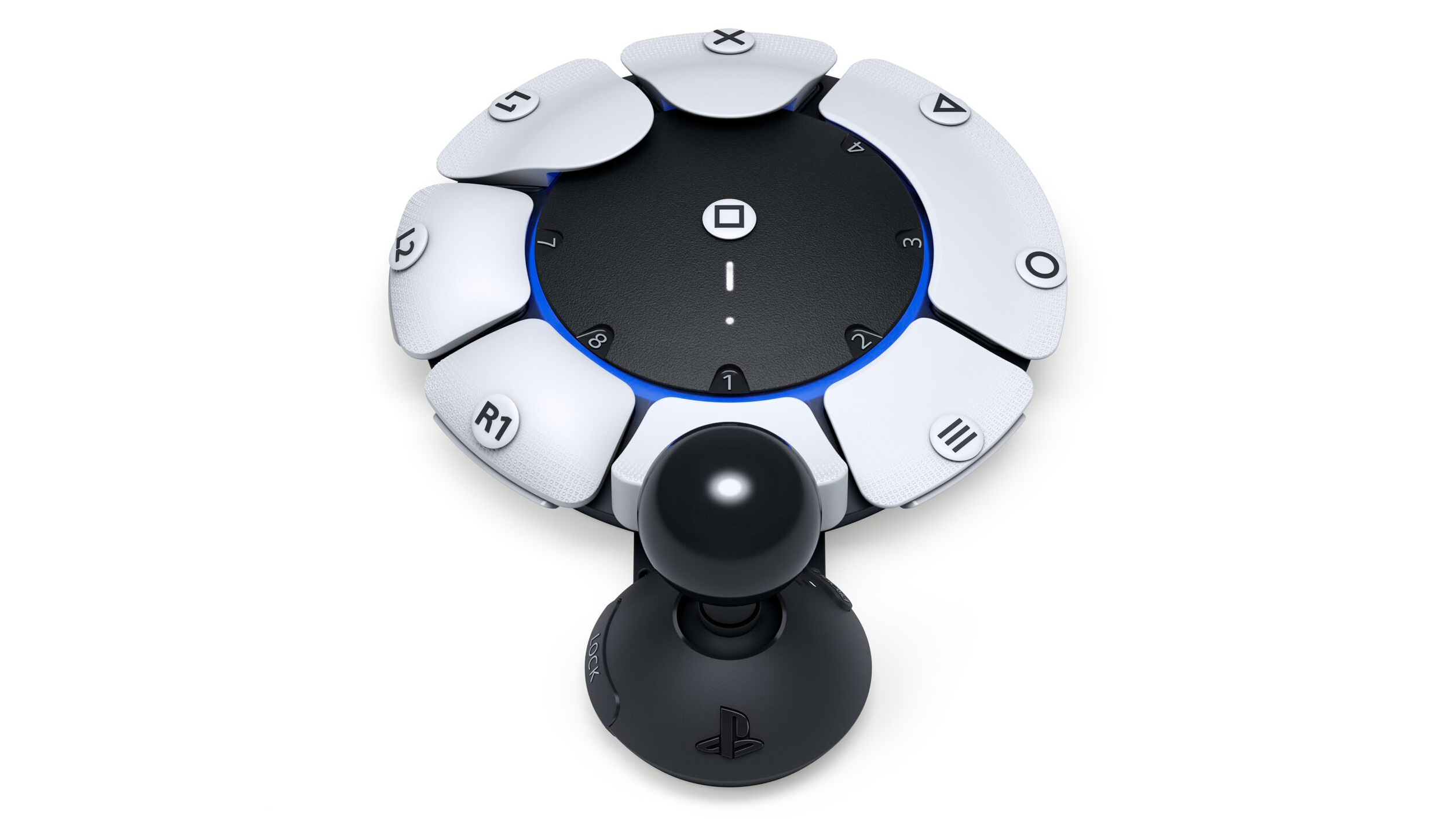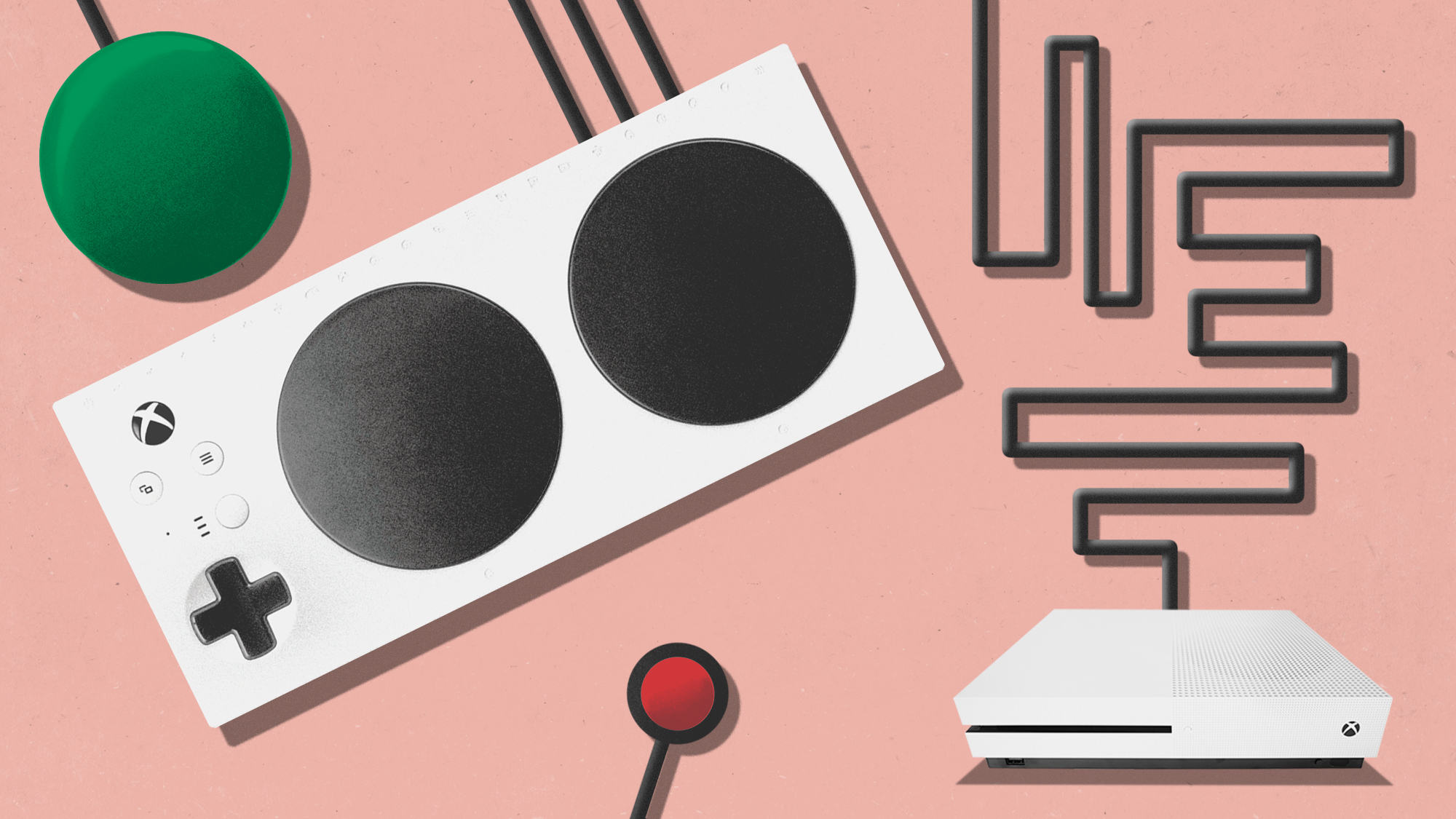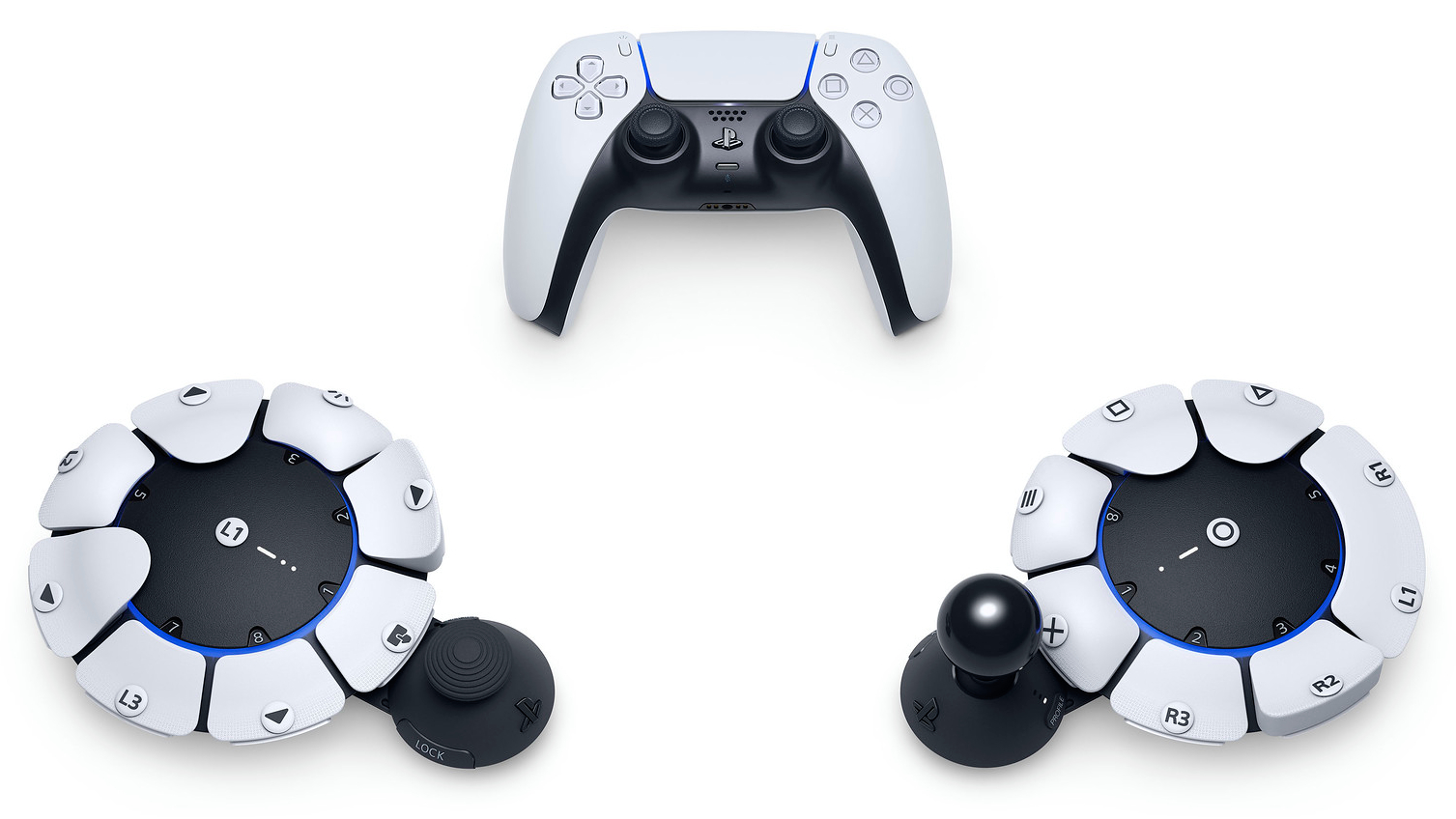Project Leonardo just sold me on a PS5 — here's why
Forget PS5 exclusives; sell me a controller that doesn't hurt me

Sony's PlayStation 5 was famously hard to find for years after it launched in late 2020. But it wasn't the scalpers and shortages that kept me from buying one.
It didn't have anything to do with the quality of the product, either. Games such as Astro's Playroom, Ghost of Tsushima Director's Cut and Ratchet & Clank: Rift Apart look great, and I'd love to check out how they take advantage of the console and the adaptive triggers built into the PS5 DualSense controller.
No, what's kept me away from Sony's latest and greatest console is how unfriendly it is to people who can't hold a controller. This is a long-running problem in the industry, but it's still pretty new to me. After playing games and writing about them for decades, repetitive strain injury (RSI) issues now plague my hands, and holding a gamepad for more than a few minutes is a painful experience.
This common health issue can happen to anyone for a variety of reasons, making seemingly simple tasks such as typing or tapping buttons feel pretty unenjoyable. It also makes vast swathes of video games effectively unplayable if, like me, your hand and wrist issues become exacerbated by holding a gamepad or a mouse.
This is arguably less a problem than a clear warning that humans weren't designed to tap buttons and keys all day. But either way, it's kept me from spending upwards of $500 on a new PS5 for years.
That all changed last week when Sony unveiled its new Project Leonardo PS5 controller at CES 2023.
Finally!
If you missed the news, Project Leonardo is a PS5 accessory designed for folks with limited mobility. Designed in conjunction with groups such as AbleGamers and SpecialEffect, Project Leonardo appears to be Sony's belated answer to the Xbox Adaptive Controller. That device launched in 2018 and made it much easier for people who have trouble with traditional gamepads to play games on Xbox consoles.
I know firsthand, because I own an Xbox Adaptive Controller, as well as the useful Adaptive Gaming Kit that Logitech started selling shortly thereafter to go with it. If you haven't seen these gizmos for yourself, you should know that the Adaptive Controller is that basically a slab of white plastic with an enlarged directional pad and buttons, as well as jacks for plugging in input devices that correspond to every button and input option on a modern Xbox controller.
That means you can rest the controller in your lap or on a comfortable surface, then plug in whatever buttons, pedals, joysticks, flippers or other compatible input devices meet your needs. For example, the Xbox Adaptive Controller allows me to play a number of games pain-free by using gadgets like a foot board or joystick to substitute for analog stick input. This makes it possible to keep playing games far beyond the limits of my puny human body.

The Xbox Adaptive Controller isn't perfect, and Microsoft's ongoing support of the product isn't as good as I'd like. But until now, it's been so much better than what Sony offers. As such, I've been playing games exclusively on Xbox for years. While PlayStation 5 games often have decent accessibility options in-game, including robust control remapping, the hard work of developers on that front hasn't made up for the fact that Sony itself has failed to make the PS5 accessible as it could be.
That's why Project Leonardo is so exciting. Sony finally showed up for those of us who love games, but can't play them the usual way. This is such a small barrier to a hobby that's so meaningful to so many. It's been genuinely painful to see the company fail to offer much in the way of broadly accessible PlayStation controllers thus far. Project Leonardo, from what Sony showed off at CES, is a step in the right direction: A customizable, remappable canvas of a controller with which you can create a more optimal input layout, using a set of buttons and sticks of various sizes.

You can also pair the Project Leonardo controller with PS5 DualSense gamepads (something Xbox already allows via its Copilot option) for extra input options, or plug the device directly into other compatible hardware via built-in 3.5mm jacks. While Sony's accessible controller may not be as versatile as the Xbox Adaptive Controller (which lets you plug in an input device for every single button, trigger and stick on the Xbox gamepad), it does seem customizable enough to offer meaningful alternatives to a DualSense.
Project Leonardo will also support robust button programming, including options to let you remap multiple inputs (such as holding two triggers at once) to a single button press. This builds on the PlayStation 5's improving track record of remappable controls in games, which is great to see.
Sony just cost me a lot of money down the line
So far, Sony has not shared much about how Project Leonardo will work, what it will cost or when it will launch. I can't say for sure how much I'll need to budget for it, or when I can expect to tell you how well it works.
But what I can say is that I'm going to buy one when it ships, plus a PlayStation 5 and at least a few games to play. That means Sony's decision to sell an answer to the Xbox Adaptive Controller just netted the company over $1,000 in future charges to my credit card, and I'm sure I'm not alone. This seems like a clear business case for more companies to sell accessible controllers, and a welcome step in the right direction on Sony's part.
Sign up to get the BEST of Tom's Guide direct to your inbox.
Get instant access to breaking news, the hottest reviews, great deals and helpful tips.

Alex Wawro is a lifelong tech and games enthusiast with more than a decade of experience covering both for outlets like Game Developer, Black Hat, and PC World magazine. A lifelong PC builder, he currently serves as a senior editor at Tom's Guide covering all things computing, from laptops and desktops to keyboards and mice.
